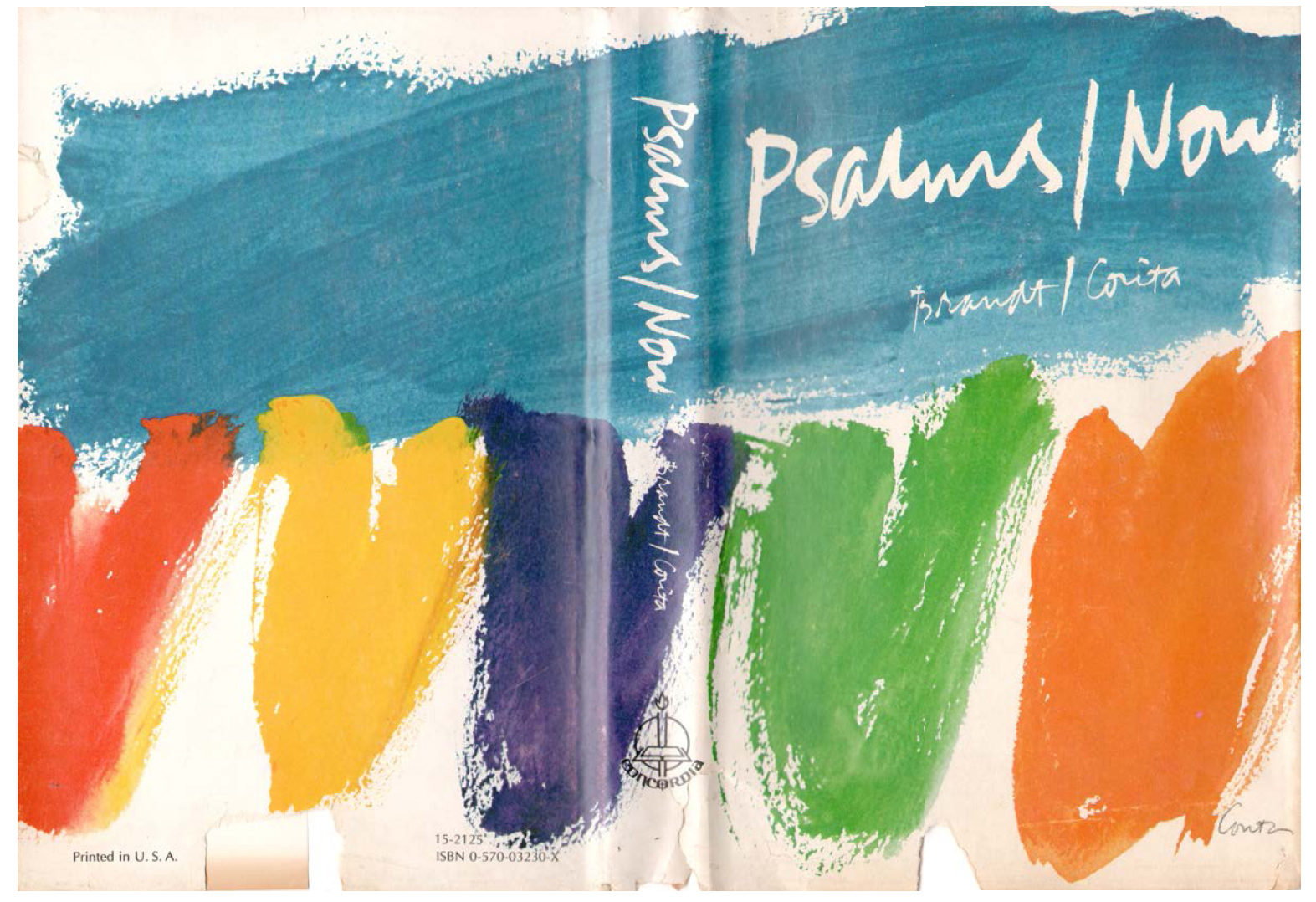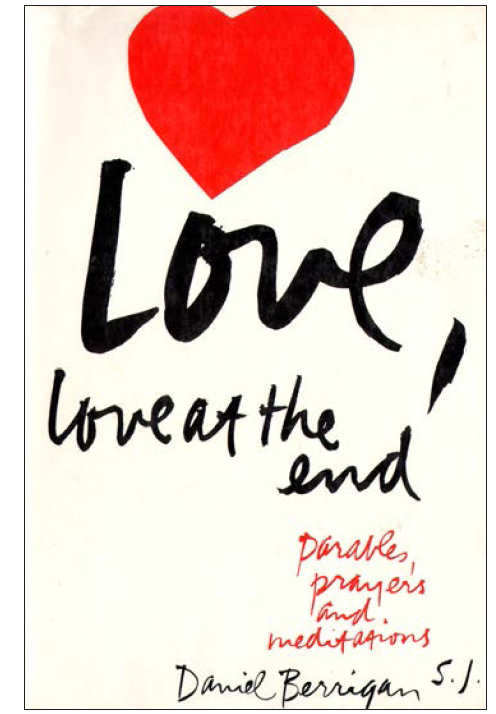
I noticed recently that there is a book out (finally) about the life and work of Sister Corita Kent, a.k.a. Corita (1918–1986). That’s way overdue, ya know? She is a primary inspiration for generations of great designers, but she was out in a field all by her lonesome for most of her career. So, she was never much accepted into mainstream design circles. She would sorta slip in and make her presence known, and just as quietly slip away again. But she always left a mark.

I have a number of books that she produced. I first took note of her when I tripped across a series of poetry/prose books where she actually clipped newspaper and magazine headlines and created silkscreen visual poems set with the found typography. They were absolutely gorgeous and, frankly, totally Punk. Upon closer inspection, I realized that these were all created back in the early 1960s—and by a Catholic NUN!
A lot of the actual verse was pretty schmaltzy: “Today is the first day of the rest of your life” sort of thing. But the intent was sincere. Even the phrase “today is the first day...” was written by Emmett Grogan of the infamous DIGGERS as a call to revolution. So, today’s pap is yesterday’s profound.
The bulk of her work was not, however, this “clipped image” sort of thing. Most of her imagery was swashes of intense and organic colors applied in huge brush strokes and then covered with her particular peculiar brand of calligraphy—perhaps her own handwriting? The results were rich and lush and sensual. It fit perfectly into the era of the her peak career.
Her style developed in classrooms. She spent a good portion of her adult life as a nun. As a Sister of the Immaculate Heart of Mary, she ran the Art Department at Immaculate Heart College in Los Angeles. She left the Order in 1968 and moved to Boston. I’ve seen many pictures of her at work in print shops from the mid-1940s on, at first teaching children how to make “art” and collaboratively creating and printing the most amazing work. Once she became head of the Art Department at Immaculate Heart, her “students” and supporters included people like Buckminster Fuller and Charles Eames. Her classes were a perfect boiler shop of religious, political and inspirational work.

Her work slowly became popular and was recognized inside professional circles. Before long she was selling “art prints” and mass-produced poster reproductions in magazines alongside those other popular posters of the era (“War is not healthy for children and other living things.” “Keep on truckin’”). She won the accolades of design organizations and was profiled in professional graphic design and art magazines. At that point, I think her world was really expanding very rapidly.

In addition to her serigraphs, political protest posters and even a massive rainbow mural on a Boston natural gas storage tank (!), Corita worked on several more books that were a little more, shall we say, secular after leaving the sisterhood. They had titles like Damn Everything But The Circus. But she never stopped working on the religious world projects. She did devotional books and gift books and collections of Psalms. She did occasional covers for other people’s published collections of their work, people like Daniel Barrigan. For a brief time she was ubiquitous. (Ever seen the 1985 “LOVE” U.S. postage stamp? That’s Corita!)
For a brief time, Corita was the voice of the popular soul. Without her work, I wonder if the new age movement would have found its visual language?